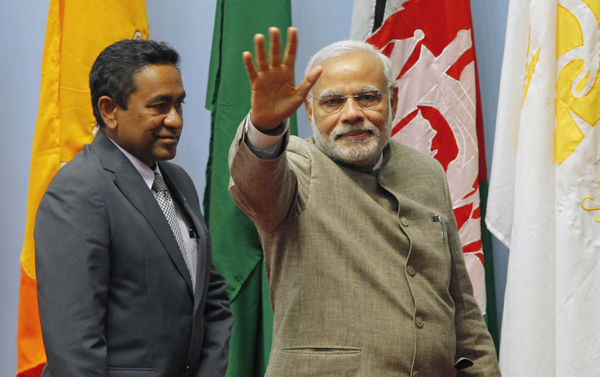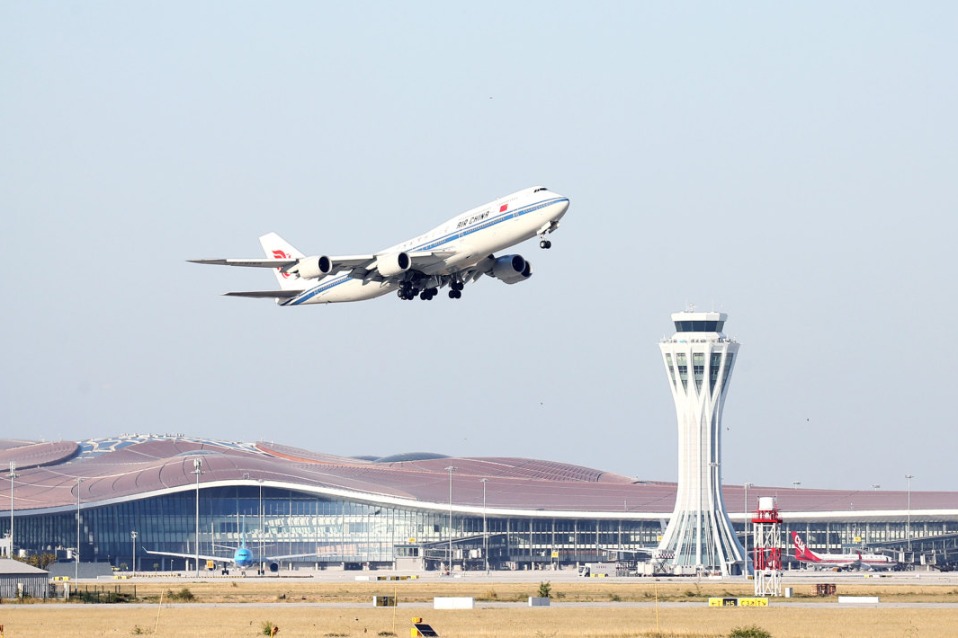Conflicts and confidence building measures


Conflicts have varied typologies, sometimes with strikingly different facets, varieties and stages. Besides the material and human costs that are directly incurred by conflict, including managing conflict, the long-term costs transmitted through lost opportunities and cumulative generational losses are both irreparable and insurmountable. The true cost of conflict dwarfs any gains by particular parties involved. The resolutions of these conflicts also demand multifaceted approaches depending upon the nature, state and content of the conflicts. Conflict resolution generally addresses itself to deeply rooted sources of conflicts and aims at ending violent behavior, eliminating hostile attitudes and changing the very structure of conflict.
The conflicts in mountain regions of South Asia have undergone large-scale transformation over the years. They are no longer military wars. These conflicts have huge variety. They manifest themselves in both latent and blatant ways. They vary from migration to ethnicity, environment to imbalanced development, narcotics and small arms to terrorism, governance to globalization and climate change to displacements. These conflicts have become more fierce and recurrent, and have killed more people than conflicts created by geopolitical rivalries. Yet we hesitate to recognize these conflicts in our plans for building peace and cooperation.
To a large extent, these newer types of conflicts tend to challenge and make redundant the traditionally predominant state-centric conflict management practices. Therefore, the critical roles of nonstate actors are increasingly highlighted. Actually, the stakeholders outside the government-state conglomeration are emerging as vital and decisive. It is in this context that the confidence building measures we have so widely used in the past need to be reevaluated, redesigned and rebuilt.
Positive stakeholders
So far we have extensively depended on military and political confidence building measures. In the last 50 years, no political and military confidence building measures have been sustained. Some of them remained totally emasculated and ineffective. Their fate depended upon inept and unstable political regimes, pathologically insecure military generals and inward looking bureaucrats. Academics and other vocal members of the civil society have generally remained in the periphery to observe and analyze the performance of these “central actors”.
These confidence building measures addressed mostly those who had serious interests in perpetuating the conflicts. This meant that the negative stakeholders thrived on adverse situations.
This leads us to ponder the vital question of designing new confidence building measures that are essentially economic -- those triggered by business communities and civil society organizations. The potential for this track of diplomacy in building peace remains unaddressed. The report Business and Conflict Resolution produced by the Washington-based Institute for Multi-Track Diplomacy in 2000 mentioned that there could be at least six roles of business and economic cooperation in building peace. These are business diplomacy; technology in the service of peace; business, development and the environment; trade and investment as preventive diplomacy; business as a funding source for building peace and business skills and practices for building peace.
We have witnessed that confidence building measures created by economic stakeholders have always lasted. India’s relations with smaller neighbors -- including Bangladesh, Bhutan, Nepal and Sri Lanka -- have several examples to offer. There have been serious political crises these countries have faced vis-à-vis India but they have been remarkably momentary. They have showed urgent recovery mainly because of the large-scale economic interests at stake and the pressures of civil society on both sides of the border.
There are several examples where these economic interests have significantly helped in transforming protracted and violent conflicts into more amenable situations where the process for a negotiated settlement became a possibility.
Regional civil society
At the same time, besides the traditional state-led policy planners, a far more extensive set of actors is emerging across the mountain regions. They have started questioning the state’s monopoly in determining the various angles of conflicts. These include transnational religious organizations, environmental groups, human rights organizations, regional economic cooperatives, local communities, multinational corporations, diaspora and migrants/refugees. For these actors, forms of cooperation are dynamic and have flexible regional characteristics. And some have started playing positive roles in peacemaking in various conflict situations.
Many of these nonstate actors advocate and advance regionalism in the conflict prevention process. It is actually the coming together of organizations and activists working in the area of trafficking girls and women for immoral purposes in South Asia which led to the 11th SAARC Summit leaders signing a convention to fight against this critical problem in 2002. This brings hope and opens up newer vistas in conflict mitigation in the mountain areas.
The author is a senior professor in the School of International Studies at Jawaharlal Nehru University, New Delhi, as well as an executive board member for the Himalayan Consensus Summit.









































